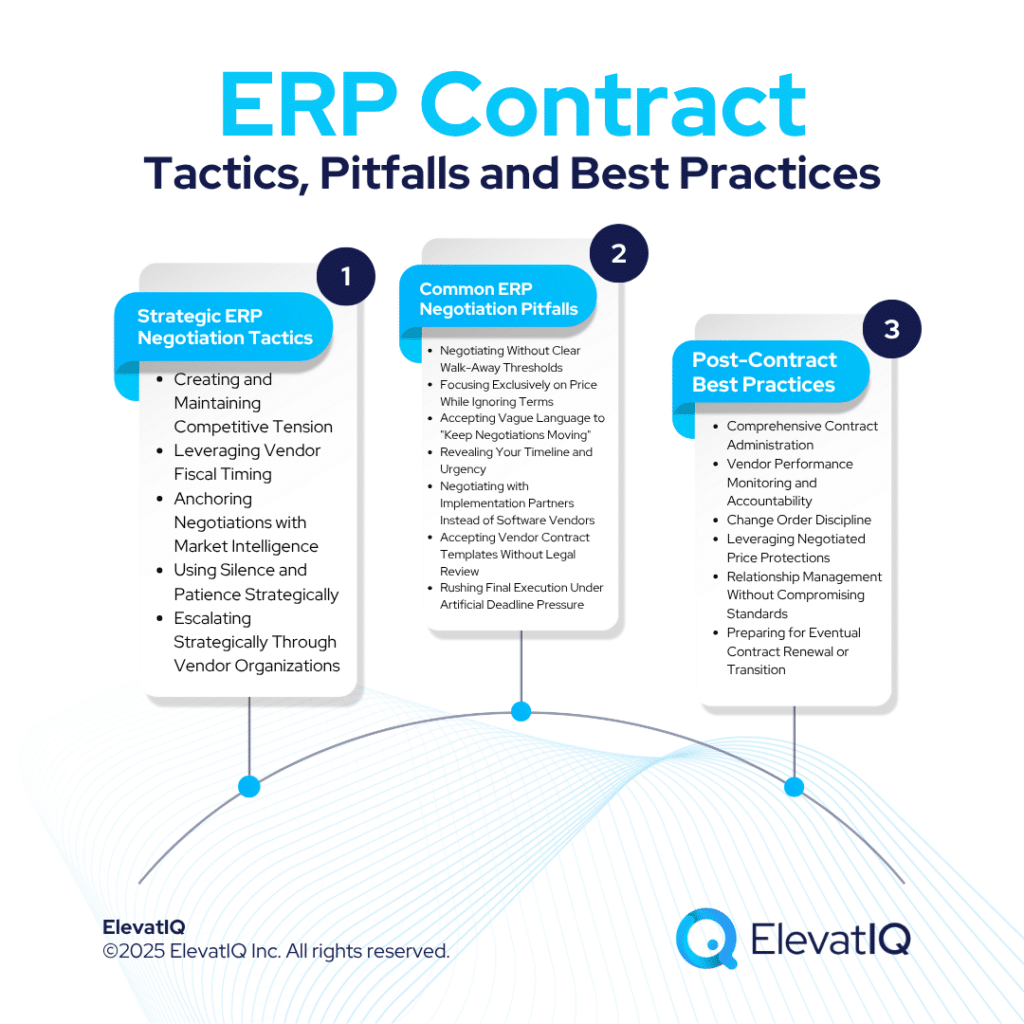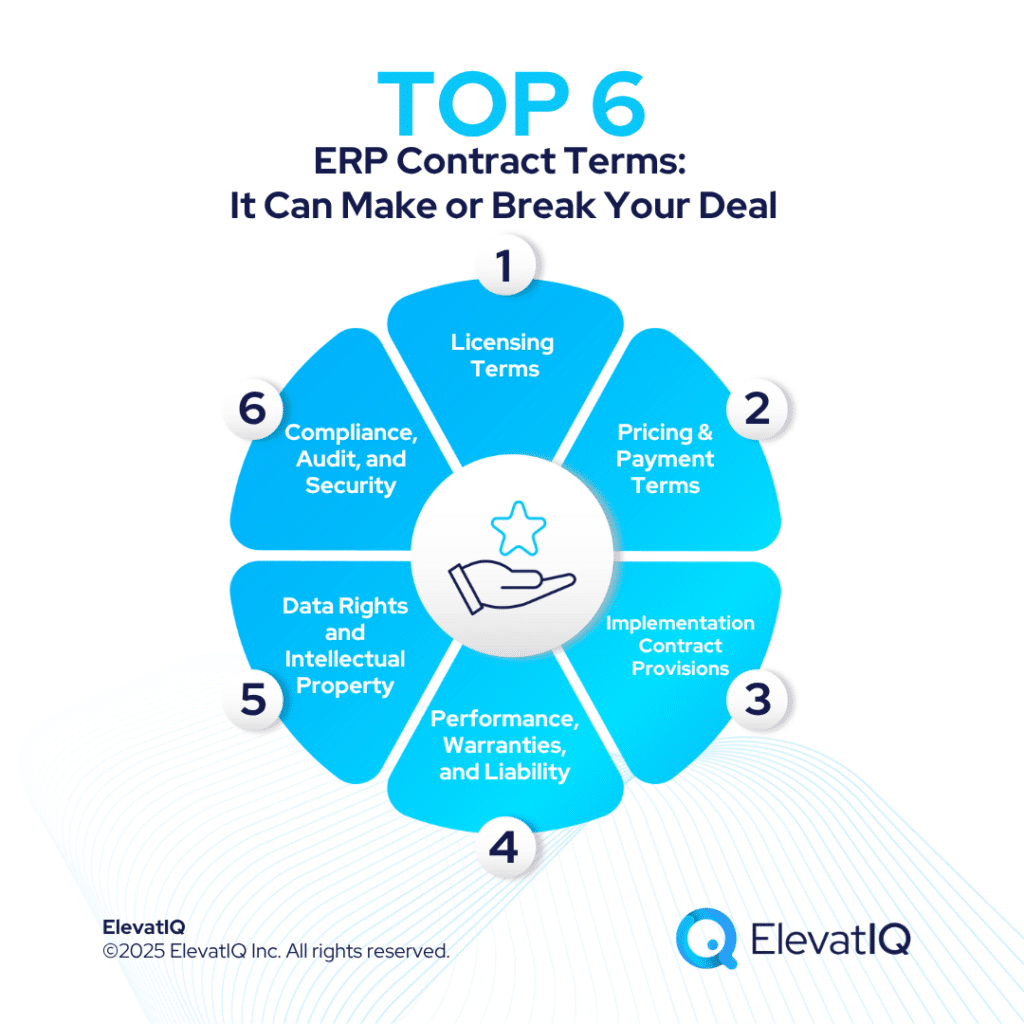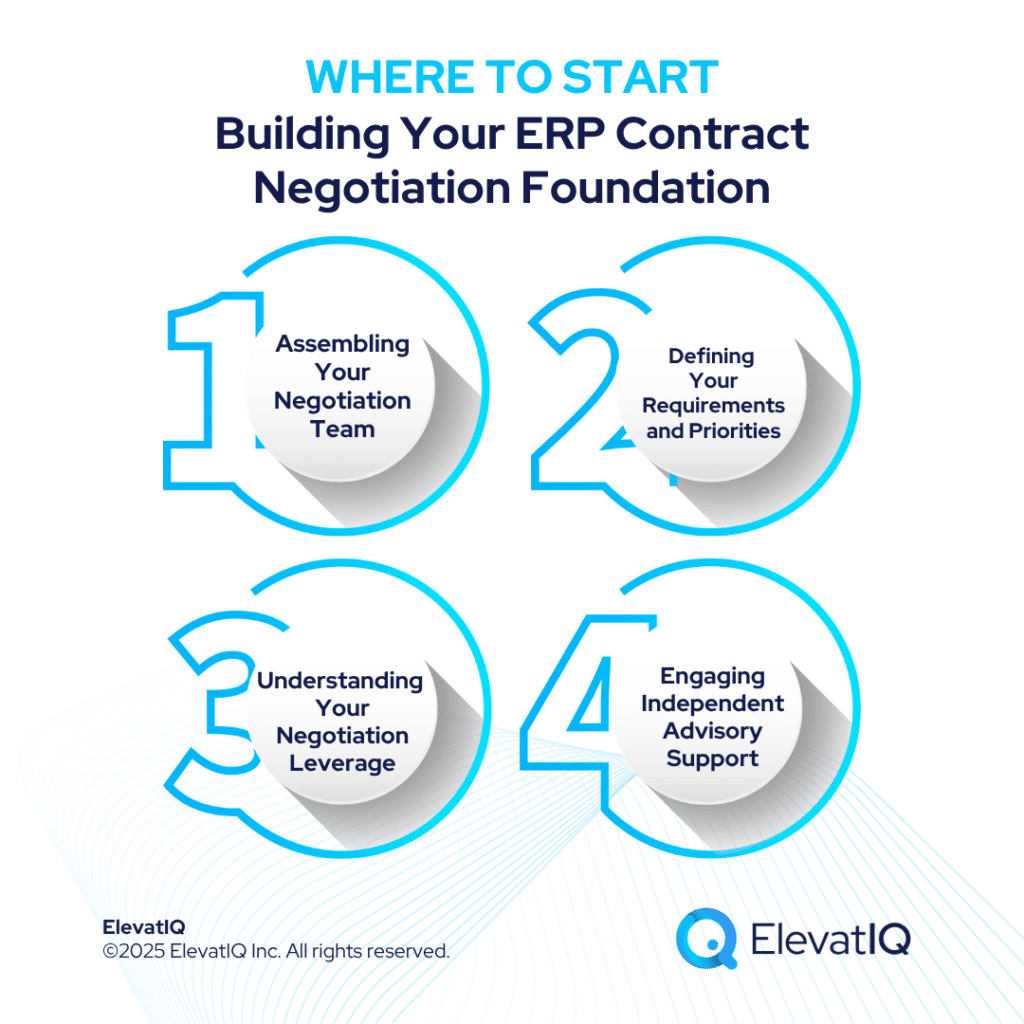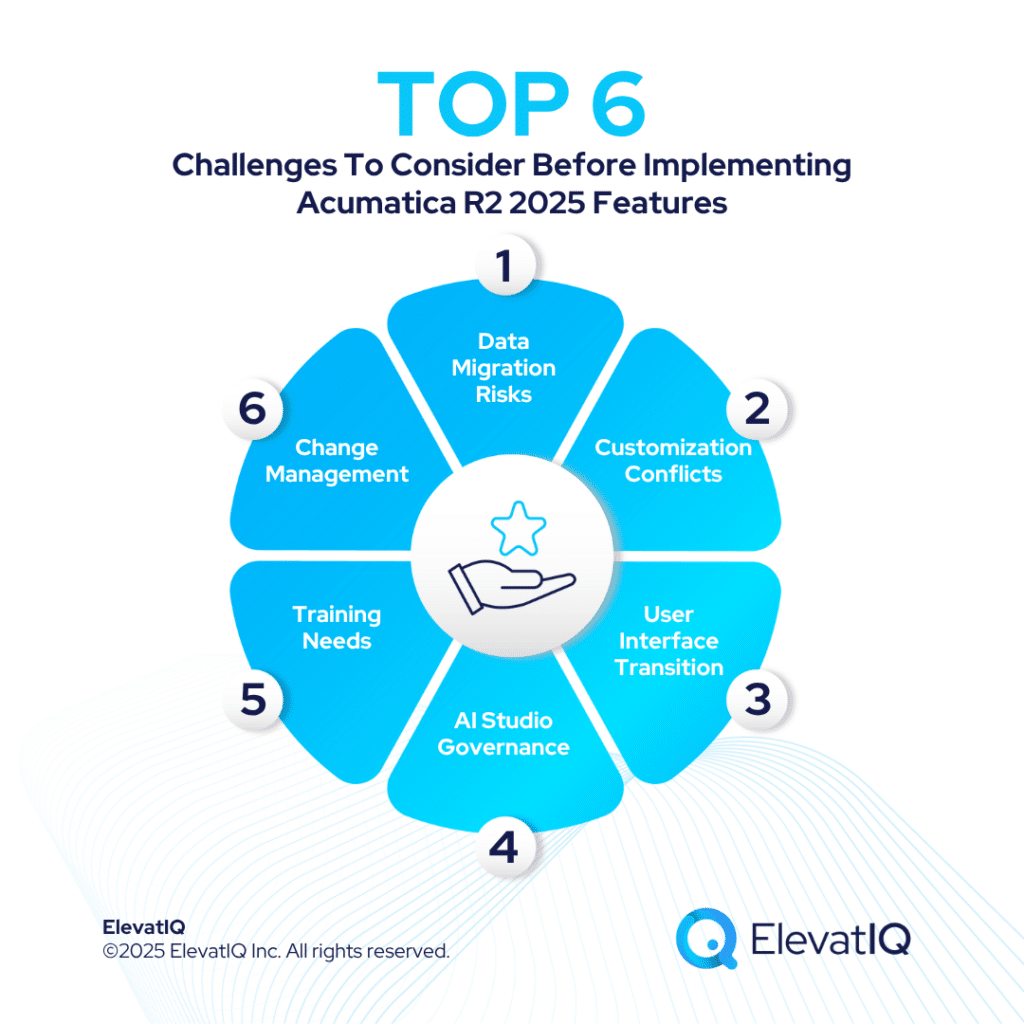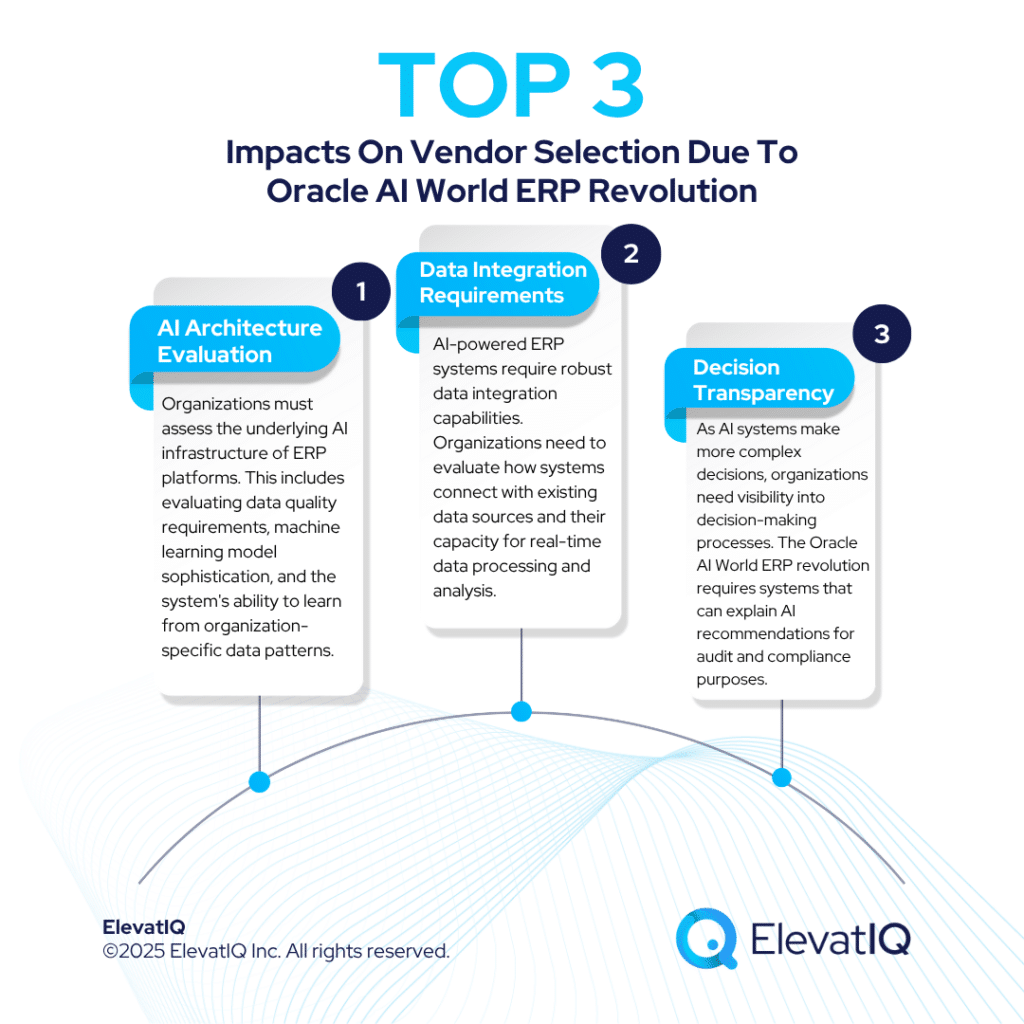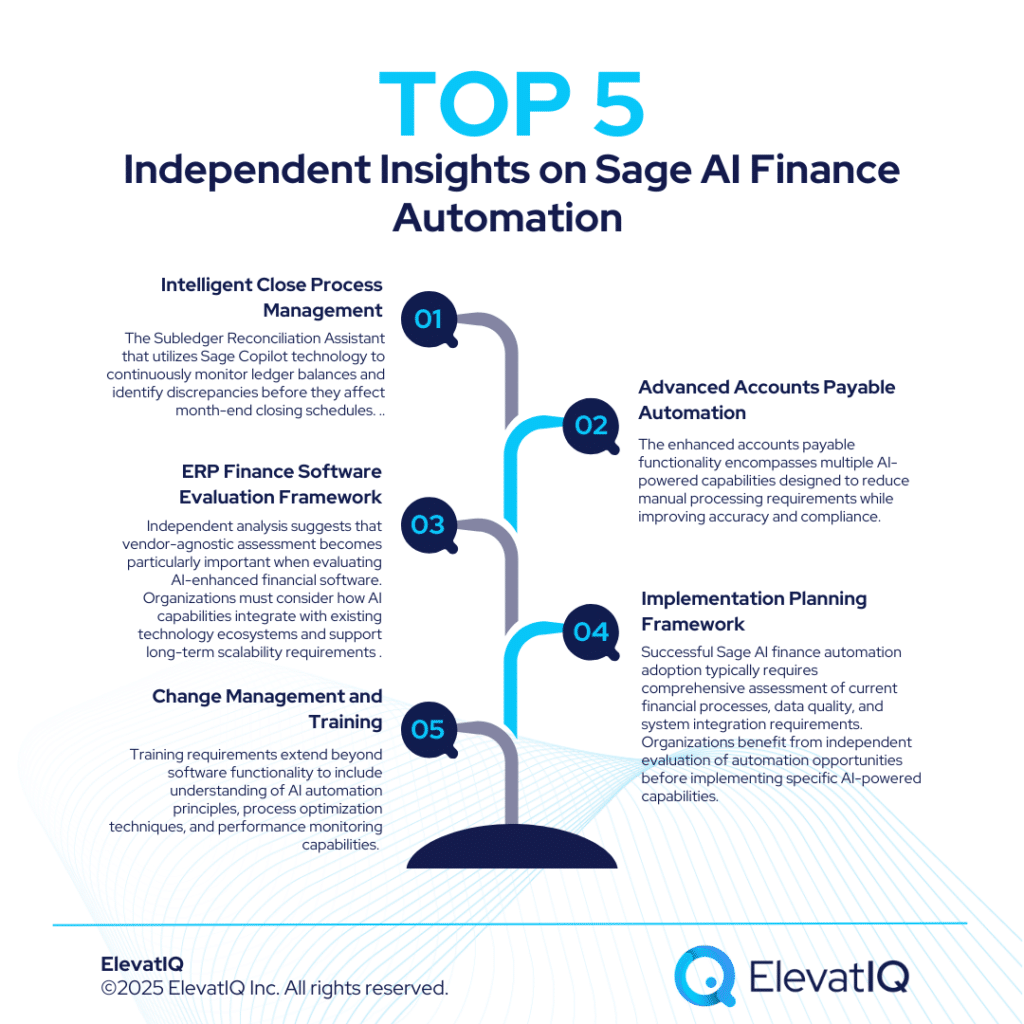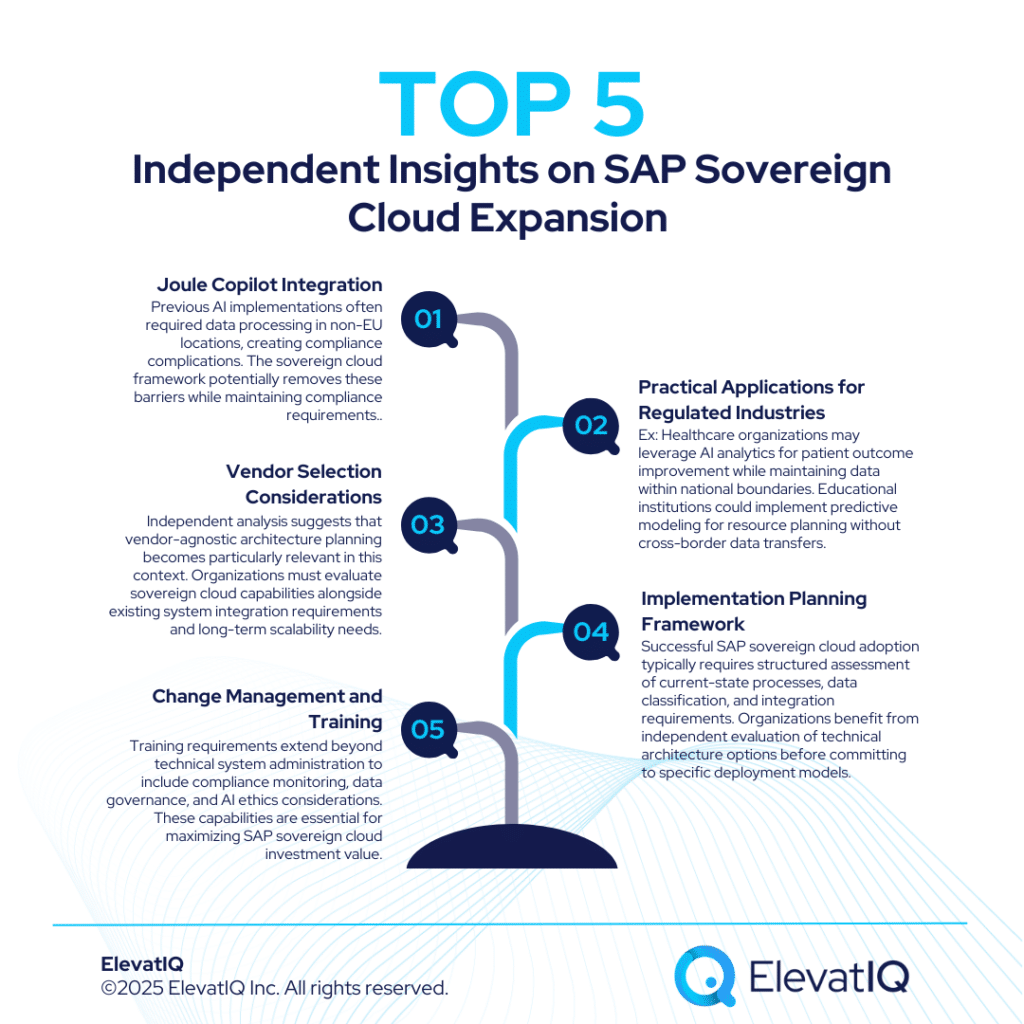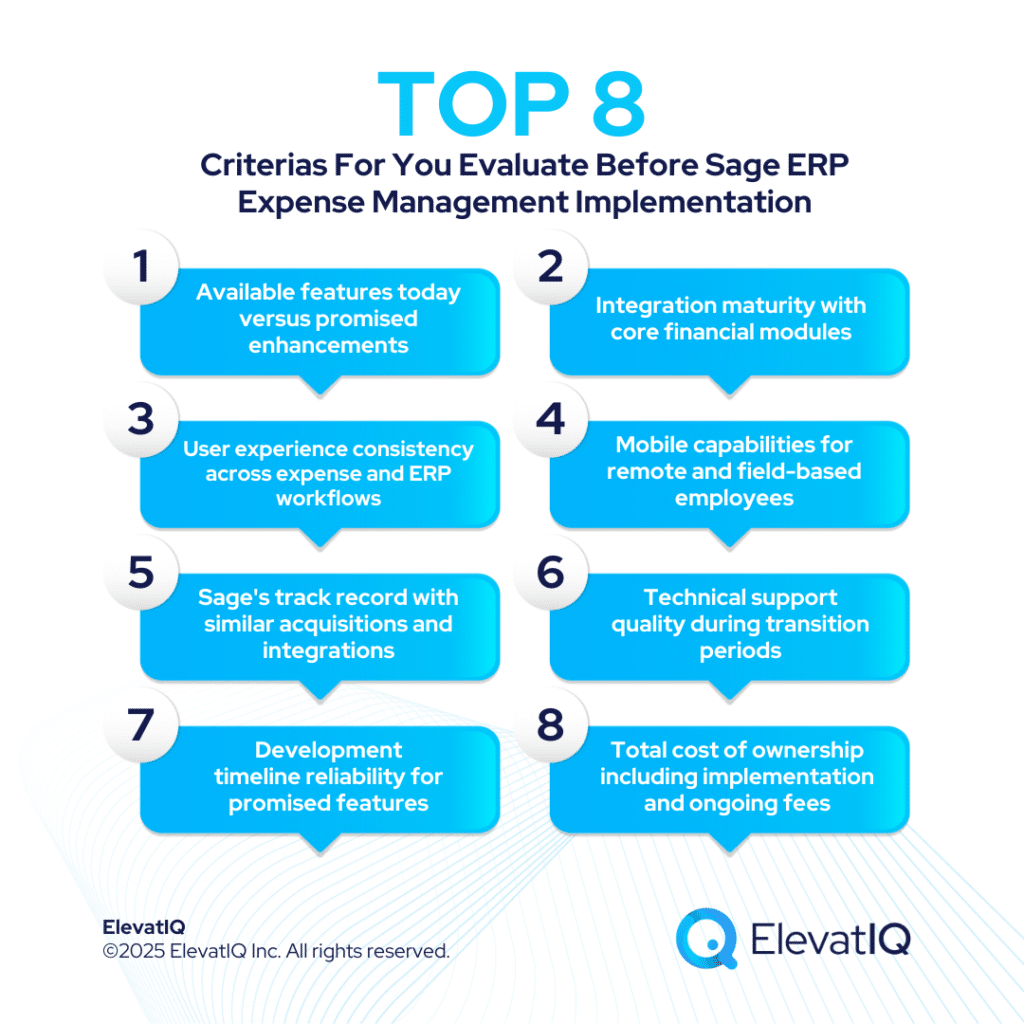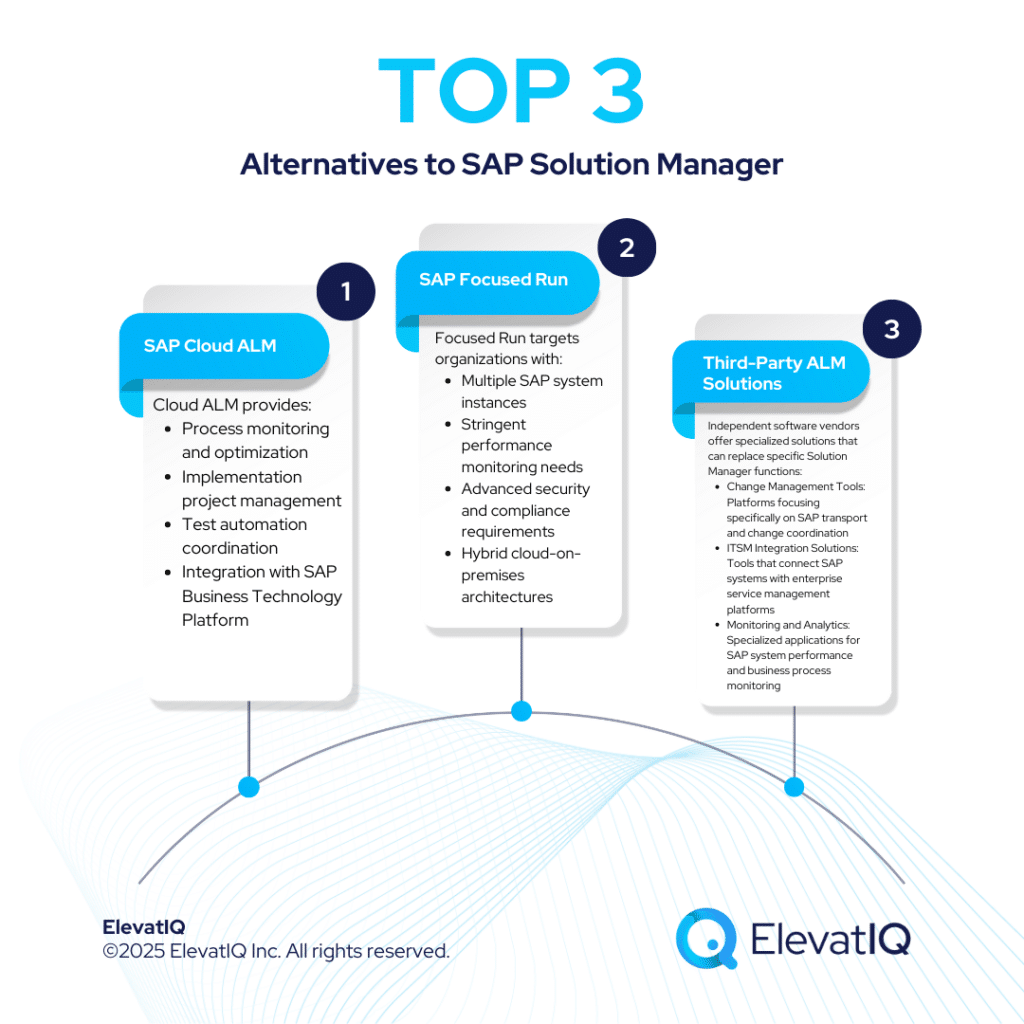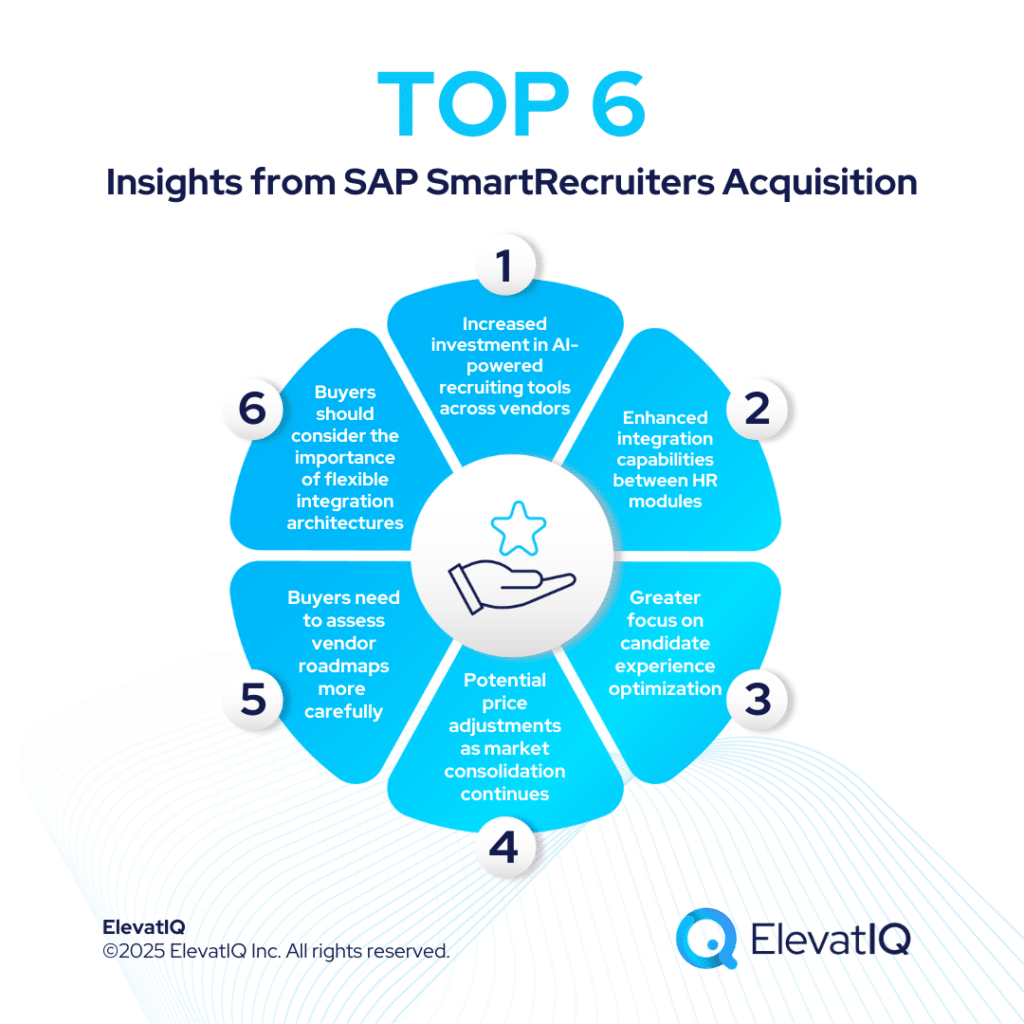ERP Contract Negotiation: Tactics, Pitfalls, and Post-Contract Best Practices
Understanding why ERP contract negotiations matter and which terms require attention provides essential foundational knowledge for successful ERP implementation. However, translating this understanding into favorable contract outcomes requires mastering the tactical execution of negotiations, avoiding common pitfalls that undermine even well-prepared buyers, and implementing post-contract practices that preserve negotiated value throughout the implementation and beyond.
This comprehensive article explores proven negotiation tactics that maximize leverage, examines the critical mistakes that compromise outcomes, and outlines the contract management practices that ensure your carefully negotiated terms translate into actual operational and financial benefits.
Strategic Negotiation Tactics for ERP Contracts
Effective negotiation combines preparation, timing, psychology, and tactical execution. While every negotiation unfolds differently based on specific circumstances, certain tactics consistently improve outcomes when deployed strategically.
Creating and Maintaining Competitive Tension
Competitive pressure represents the most powerful lever available to buyers in negotiations. Vendors make significantly more aggressive offers when facing genuine risk of losing opportunities to competitors than when negotiating with buyers who have clearly committed to their platform.
Conducting Legitimate Competitive Evaluations: The foundation of competitive leverage requires genuinely evaluating multiple vendors rather than using competitors as artificial negotiating props. Vendors quickly recognize when buyers conduct superficial competitive processes while having already decided on their preferred choice. Maintain meaningful competitive evaluation through final negotiations. Even after selecting a preferred vendor, continue engaging alternatives until contracts are fully executed. This approach keeps pressure on your chosen vendor while maintaining your ability to switch if negotiations reach impasses.
Communicating Competitive Position Ethically: Share high-level information about competitive offers without breaching confidentiality or misrepresenting positions. Statements like “we have a more attractive offer from Vendor B in terms of maintenance escalation caps” create pressure without dishonest tactics that damage credibility. Avoid fabricating competitive positions or exaggerating alternatives. Vendors respect honest competition but lose trust when they discover dishonest ERP negotiating tactics, potentially hardening their positions or withdrawing offers entirely.
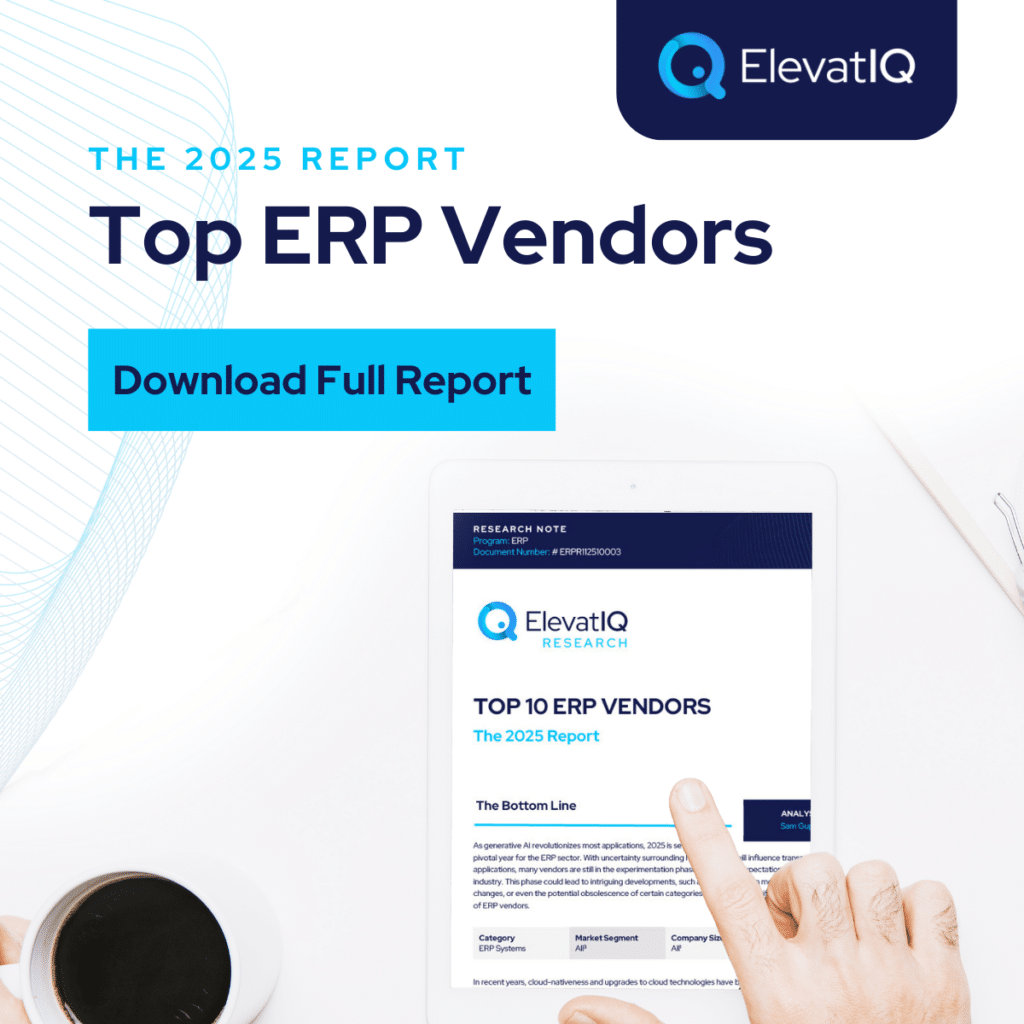
Leveraging Vendor Fiscal Timing
Enterprise software vendors operate under intense quarterly and annual revenue recognition pressures. Sales representatives and their management chains face escalating pressure as fiscal periods end, with peak flexibility typically emerging in the final weeks of quarters and years.
- Aligning Procurement Timelines: Structure your procurement schedule to reach final negotiations during vendor fiscal pressure periods. This requires beginning ERP evaluation and selection processes months earlier to ensure genuine purchase readiness coincides with optimal timing windows. Organizations that artificially delay decisions hoping to leverage quarter-end timing often discover vendors recognize the tactic and refuse to offer better terms without legitimate time pressure driving their own urgency.
- Understanding Multiple Pressure Points: Most enterprise ERP vendors operate on calendar fiscal years, creating quarterly pressure in March, June, September, and December, with maximum pressure at year-end. However, some vendors use different fiscal calendars—Oracle’s May fiscal year-end, for example—requiring research into specific vendor timing.
- Exploiting the Final Week: The last 5-7 days of fiscal periods typically see the most dramatic vendor flexibility as sales leaders scramble to meet bookings targets. However, leveraging this timing requires having all other negotiation elements resolved, with only final pricing and key terms remaining for last-minute concessions.
Anchoring Negotiations with Market Intelligence
Negotiation outcomes significantly improve when buyers establish realistic targets based on actual market rates rather than vendor initial offers. Independent ERP advisory support provides visibility into pricing and terms other similarly-situated buyers achieve, establishing informed negotiation anchors.
Benchmarking Pricing Proposals: Initial vendor proposals typically include 40-60% margin above actual walk-away pricing. Understanding market rates for your specific situation—industry, company size, deployment complexity—enables you to anchor negotiations at realistic targets rather than accepting vendor suggestions that proposals already represent “best pricing.”
Leveraging Contract Term Precedents: Beyond pricing, understanding which contract terms other buyers negotiate successfully establishes realistic targets for your own negotiations. Knowing that maintenance caps of 2-3% are standard, or that competitors provide more favorable liability limitations, strengthens your negotiating position.
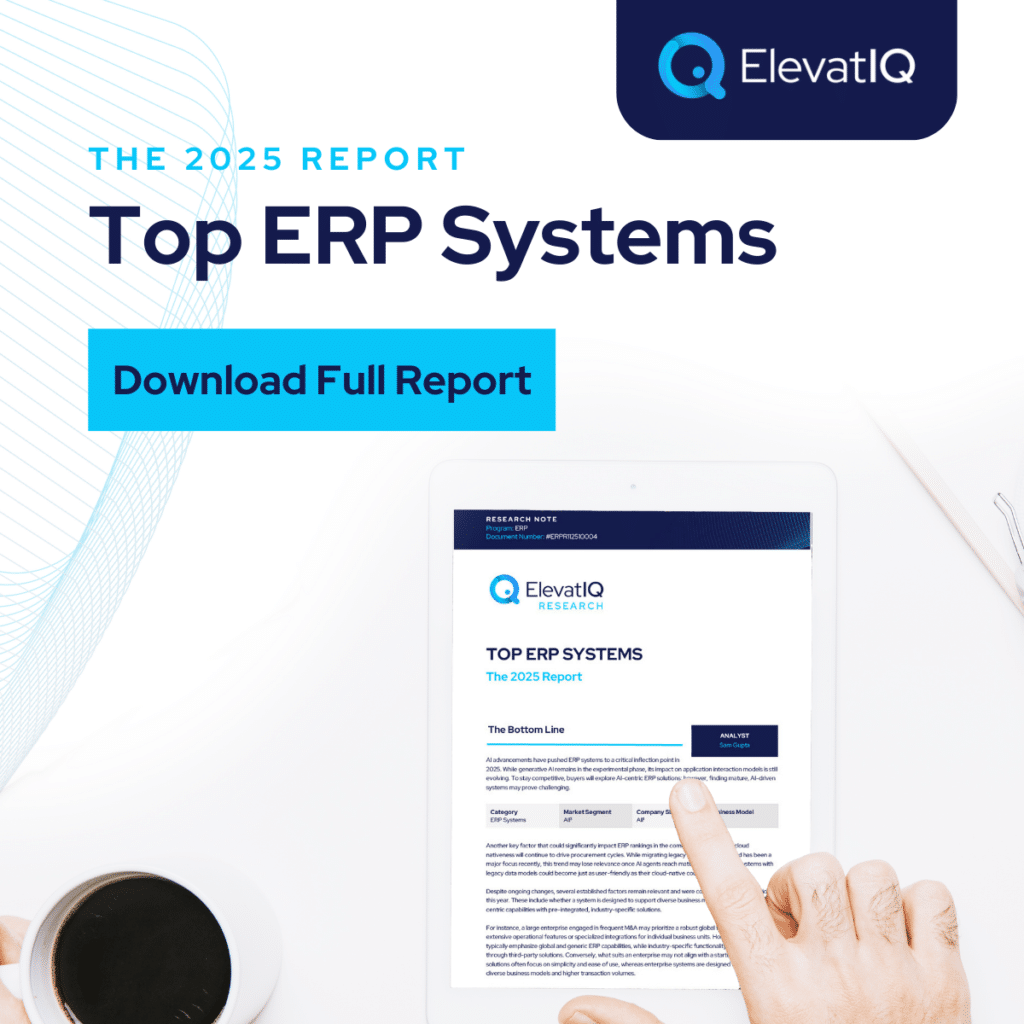
Using Silence and Patience Strategically
One of the most underutilized yet effective negotiation tactics involves strategic silence and demonstrated patience. Vendors operate under time pressure that buyers typically don’t face, creating asymmetric urgency that favors patient negotiators.
- Resisting Pressure for Premature Decisions: Sales representatives will create artificial urgency through expiring discounts, limited-time offers, or pressure to “close by quarter-end to get this pricing.” While legitimate fiscal timing provides advantages, fabricated urgency deserves skepticism. Respond to pressure tactics with patience: “We understand your timeline preferences, but we’re committed to thorough evaluation of all terms before making a decision of this magnitude. We’ll move forward when we’re confident the contract protects our interests adequately.”
- The Power of Silent Pauses: After vendors present offers or respond to counterproposals, strategic silence creates discomfort that often prompts additional concessions. Rather than immediately responding to proposals, pause, review materials thoughtfully, and allow silence to work in your favor. This tactic proves particularly effective in face-to-face negotiations where silence creates interpersonal tension that drives conversational movement.
Escalating Strategically Through Vendor Organizations
Different levels of vendor organizations possess different authority and flexibility. Understanding escalation paths and strategically engaging senior stakeholders increases your ability to secure favorable terms.
- Sales Representative Limitations: Individual sales reps operate within defined discount authority, typically 20-30% off list pricing. Beyond these limits, they require management approval for additional concessions. When ERP contract negotiations reach representative authority limits, request escalation to regional or national sales management. Present this as collaborative problem-solving rather than threats: “I appreciate your efforts, but we haven’t reached terms that work for our organization. Can we engage your manager to explore additional flexibility?”
- Engaging Executive Sponsors: For large, strategic opportunities, vendors often assign executive sponsors. These senior leaders possess broader authority and motivation to close significant deals. Engage them selectively for impasses on critical terms after exhausting lower-level negotiations.
- Leveraging Vendor Competitive Dynamics: Reference competition when escalating: “We’re leaning toward your solution, but Vendor B has offered more favorable terms in several critical areas. Is there flexibility to help us choose you confidently?”

Common ERP Negotiation Pitfalls to Avoid
Even well-prepared organizations make mistakes that compromise negotiation outcomes. Understanding common pitfalls helps you avoid these expensive errors.
Negotiating Without Clear Walk-Away Thresholds
Organizations that enter negotiations without predetermined walk-away thresholds frequently accept unfavorable terms under pressure rather than exercising their most powerful option: walking away.
Before entering final negotiations, establish clear criteria defining unacceptable terms. These might include:
- Maximum total cost of ownership
- Minimum required service level commitments
- Essential liability protections
- Critical operational flexibility provisions
Document these thresholds with your team and executives, ensuring alignment before negotiations begin. This preparation prevents in-the-moment capitulation when vendors refuse to meet reasonable requirements.
The Credibility of Walking Away: Walk-away positions only work when you’re genuinely prepared to follow through. Vendors test whether walk-away statements represent serious positions or negotiating bluffs. If you threaten to walk away but ultimately accept unacceptable terms, you destroy credibility and weaken your position in future negotiations.
Focusing Exclusively on Price While Ignoring Terms
Price captures attention because it’s measurable and immediately comparable. However, unfavorable contract terms often cost more than the savings achieved through aggressive price negotiations. A contract with 25% better pricing but allowing 8% annual maintenance increases, restrictive licensing, and minimal liability protections may ultimately cost more and provide less value than a contract with moderate pricing but favorable long-term terms.
Balance price negotiations with equal attention to:
- Maintenance escalation caps
- Future module pricing protections
- Licensing flexibility and growth provisions
- Liability and performance guarantees
- Exit rights and data portability
Calculate total cost of ownership across 5-10 years, modeling how different contract terms impact long-term costs and operational outcomes.
Accepting Vague Language to “Keep Negotiations Moving”
Under pressure to complete negotiations, organizations sometimes accept imprecise contract language, planning to clarify details during ERP implementation. This approach creates disputes when parties disagree about vague provisions’ meanings. Every instance of ambiguous language—”reasonable efforts,” “industry standard,” “best practices,” “appropriate resources”—represents a potential future disagreement. Insist on specific, measurable language even when doing so extends negotiation timelines. If certain elements genuinely cannot be defined precisely during contracting, establish clear processes and pricing methodologies for addressing them rather than leaving them entirely open-ended.
Revealing Your Timeline and Urgency
Vendors probe to understand your deadline pressures and decision urgency. Organizations that reveal pressing timelines or executive pressure for quick decisions lose negotiating leverage as vendors recognize reduced walk-away credibility. Maintain ambiguity about your timeline: “We’re moving forward deliberately to ensure we make the right decision” rather than “We need to decide by end of quarter to meet our July 1st go-live target.” If legitimate timeline pressure exists (planned go-live dates, expiring legacy support contracts), avoid sharing this information directly with vendors. Instead, structure your internal timeline to complete negotiations well before external deadlines.
Negotiating with Implementation Partners Instead of Software Vendors
For certain enterprise software platforms, implementation partners rather than software publishers provide professional services. These arrangements create complexity as partners may claim limited authority to adjust software licensing terms beyond standard publisher pricing.
Ensure you separately negotiate:
- Software Licensing Terms directly with publishers, securing optimal pricing and contractual protections at the license level.
- Implementation Services with partners, focusing on delivery terms, resource qualifications, pricing, and accountability provisions.
Don’t allow partners to bundle software and services pricing without transparency into underlying license costs and their service margins. This bundling obscures whether you’re receiving competitive pricing on both components.
Accepting Vendor Contract Templates Without Legal Review
Standard vendor contracts heavily favor seller interests. Accepting these templates without experienced legal counsel review exposes organizations to risks they don’t recognize until problems emerge.
Engage legal counsel with technology contract expertise to review:
- Liability limitations and exclusions
- Warranty disclaimers
- Indemnification provisions
- Intellectual property rights
- Dispute resolution procedures
- Governing law and venue
Legal review often identifies risk exposures that seem acceptable to business stakeholders but create significant liability from legal perspectives.
Rushing Final Execution Under Artificial Deadline Pressure
Vendors frequently create urgency around “expiring” offers or “quarter-end pricing” only available if you execute immediately. While legitimate fiscal timing provides benefits, artificial urgency deserves skepticism. Take time to review final contract documents thoroughly, even when vendors pressure immediate execution. Last-minute contract changes sometimes alter negotiated terms, and careful final review ensures the executed agreement reflects your understanding. If vendors claim offers expire, call their bluff: “We need adequate time for final review. If you need to withdraw the offer, we’ll engage alternative vendors.” Most “expiring” offers quickly become available again when vendors face losing opportunities.
Post-Contract Best Practices for Long-Term Success
Negotiating favorable contract terms represents only half the equation. Converting negotiated terms into actual operational and financial benefits requires diligent post-contract management throughout implementation and the ongoing relationship.
Comprehensive Contract Administration
Many organizations negotiate favorable terms but fail to track, enforce, and leverage these provisions throughout the contract lifecycle. Establishing robust contract administration processes ensures you realize negotiated value.
Centralized Contract Repository: Maintain accessible, organized contract documentation including:
- Executed agreements with all amendments
- Statements of work and change orders
- Service level agreements
- Pricing schedules and discount structures
- Renewal dates and notification requirements
Key Date Tracking: Monitor critical contractual dates including:
- Payment milestones and due dates
- Implementation phase completions
- Warranty expiration dates
- Renewal notification deadlines
- SLA measurement periods
Missing key dates—particularly renewal notifications—can lock you into unfavorable automatic renewals with embedded price increases.
Designated Contract Owner: Assign specific individuals responsibility for contract administration, ensuring someone actively manages vendor performance against contractual commitments rather than assuming it happens automatically.
Vendor Performance Monitoring and Accountability
Contracts establish performance standards, but organizations must actively monitor whether vendors meet these commitments and enforce remedies when they don’t.
Service Level Agreement Tracking: Document whether vendors meet SLA commitments regarding:
- Support response times
- Issue resolution timeframes
- System availability and uptime
- Performance metrics
When vendors breach SLAs, enforce contractual remedies such as service credits. Failing to enforce SLA violations signals that commitments lack teeth, reducing vendor motivation for strong performance.
Implementation Milestone Verification: Track ERP implementation progress against contractual milestones, deliverables, and acceptance criteria. Don’t accept vendor claims that deliverables are complete without thorough testing against documented acceptance criteria. Hold payment pending verified deliverable acceptance. Once you’ve paid for incomplete or substandard work, leverage to demand remediation drops dramatically.
Change Order Discipline
Even with comprehensive scope documentation, implementations require adjustments. However, undisciplined change order processes create the budget overruns that plague ERP projects.
Formal Change Request Procedures: Require written change requests for any scope modifications, with clear documentation of:
- Specific changes requested
- Business justification and urgency
- Pricing and timeline impacts
- Alternative approaches considered
Change Review Authority: Establish formal approval processes for change orders, typically requiring:
- Project manager review and recommendation
- Budget owner approval for financial impacts
- Steering committee approval above defined thresholds
Vendor Change Order Limitations: Challenge vendor change order claims that seem to represent clarifications of vague scope rather than legitimate scope additions. Reference original requirements documentation when vendors claim functionality is out-of-scope.
Leveraging Negotiated Price Protections
Contracts with effective price protection provisions create financial benefits only if you actively leverage them when adding users, modules, or services.
- Most-Favored-Customer Clause Enforcement: When contracts include most-favored-customer pricing, monitor whether vendors offer better terms to comparable customers. If they do, demand equivalent pricing based on your contractual protections.
- Pre-Negotiated Expansion Pricing: Reference pre-agreed pricing when adding licensed users or purchasing additional modules. Don’t accept vendor attempts to charge higher rates than contracts specify.
- Volume Discount Enforcement: Ensure vendors apply contracted volume discounts automatically as your user count crosses tier thresholds. Don’t allow them to delay discount application or require renegotiation of terms you already secured.
Relationship Management Without Compromising Standards
Successful long-term ERP vendor relationships balance collaboration with firm accountability. Some organizations mistake healthy vendor relationships for accepting substandard performance or not enforcing contractual commitments.
Professional but Firm Communication: Address performance issues directly but professionally. “Our contract specifies 2-hour response times for severity 1 issues. We’ve experienced 8-hour delays twice this month. We need immediate corrective action to maintain relationships while enforcing standards.”
Escalation When Necessary: When vendor performance issues persist despite engagement with operational contacts, escalate to management levels with decision authority. Your contract defines performance expectations; enforcing them maintains rather than damages healthy relationships.
Regular Business Reviews: Schedule periodic business reviews examining:
- Contract performance against commitments
- Relationship health and satisfaction
- Upcoming needs and strategic plans
- Process improvement opportunities
These structured reviews provide forums for addressing concerns before they escalate while maintaining collaborative relationships.
Preparing for Eventual Contract Renewal or Transition
Even successful vendor relationships eventually reach contract expiration, requiring renewal negotiations or transition to alternatives. Preparation for this inflection point should begin years before contracts end.
- Continuous Market Monitoring: Stay informed about competitive alternatives, market pricing trends, and vendor strategic directions. Organizations that wait until contract expiration to assess alternatives negotiate from weak positions.
- Relationship Diversification: Avoid excessive dependency on single vendors that constrains your ability to negotiate effectively or transition if necessary. When feasible, maintain multi-vendor strategies that preserve competitive options.
- Data Portability Readiness: Even with strong contractual data portability provisions, ensure you can actually extract, migrate, and utilize your data if contract transitions become necessary. Test data export capabilities periodically rather than discovering limitations when you need to exit.
Winning ERP Negotiations Through Strategic Execution
Favorable ERP contract outcomes result from strategic preparation, tactical negotiation excellence, avoidance of common pitfalls, and diligent post-contract management. Organizations that master these elements achieve dramatically better results than those treating contracts as procurement formalities. The negotiation tactics explored here—creating competitive tension, leveraging fiscal timing, anchoring with market intelligence, and using patience strategically—provide concrete approaches for improving outcomes. Understanding common pitfalls helps avoid expensive mistakes. Post-contract best practices ensure you realize negotiated value throughout the relationship lifecycle.
ERP contracts govern multi-million dollar relationships spanning years. The investment in strategic negotiation and ongoing contract management returns multiples through cost savings, risk mitigation, and operational flexibility that enable rather than constrain business objectives. For organizations seeking to maximize ERP contract outcomes, independent ERP advisory expertise provides the market intelligence, negotiation experience, and strategic perspective that transforms procurement results. The specialized knowledge advisors bring to contract negotiations typically delivers value far exceeding advisory costs through improved pricing, terms, and avoided pitfalls.
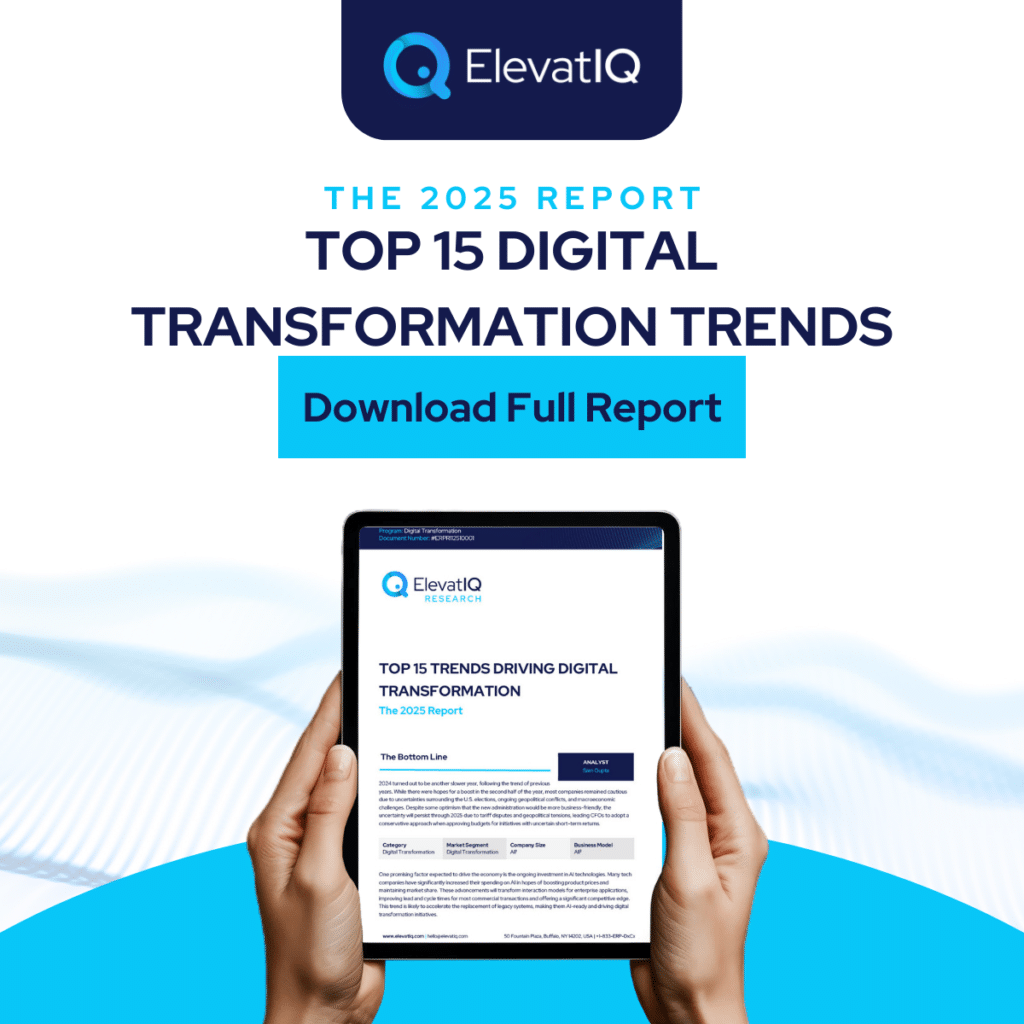
FAQs
ERP Contract Negotiation: Tactics, Pitfalls, and Post-Contract Best Practices Read More »

